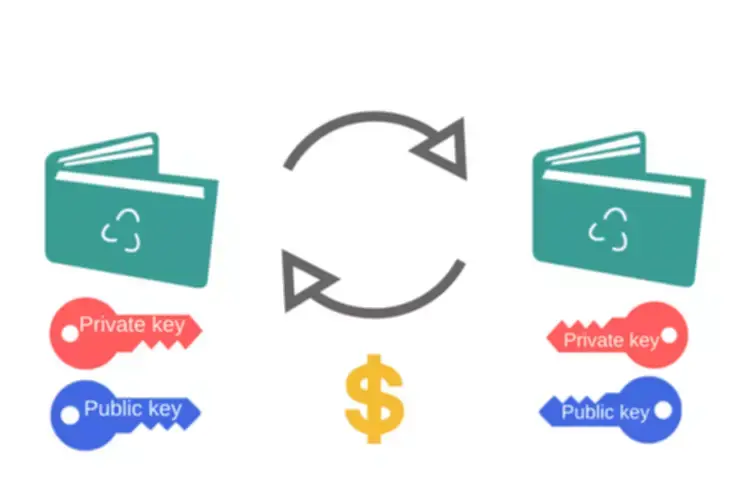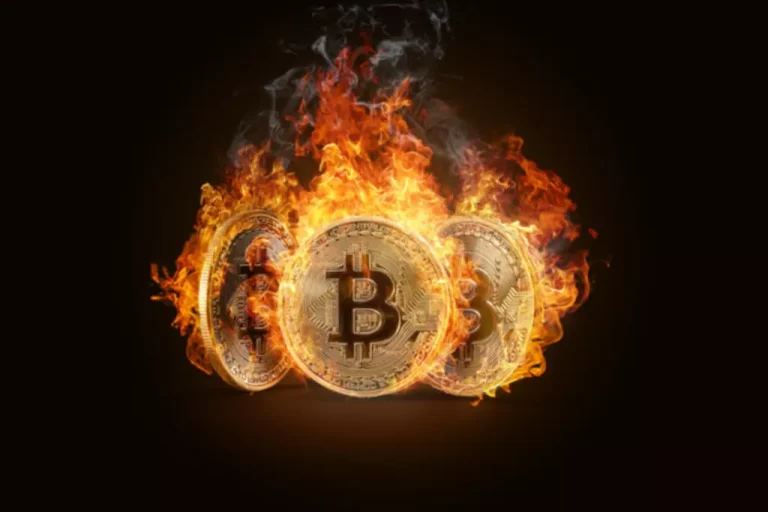Content
Blockchain in banking ensures that every transaction is encrypted and linked to the previous one, creating a secure chain that’s nearly impossible to alter. This process, known as cryptographic hashing, means that once a transaction is recorded, it cannot be changed without altering all subsequent blocks and gaining consensus from the network. This provides a level of Fintech security that traditional banking systems simply can’t match. We’ll explore 10 potential benefits of using blockchain technology in banking, from faster cross-border payments to more secure identity verification.
Which Technology Is Used in Blockchain in Healthcare?
The blocks contain time-stamped digital records of any transactions or data exchange on the distributed network of computers. Every block contains its hash and the previous block’s hash, along with data, which connects the blockchain. For businesses that depend on cash flow to pay out suppliers and employees, speedy payments are essential. When you look at it from the point of view of the merchants, this becomes more important. As mentioned in FXCM’s list of blockchain uses, the tech allows for real-time money processing and transfers even across different banks. Blockchain also eliminates the need for the payer and payee to be blockchain payments on the same bank’s system, as the database is now shared between financial institutions.
Increased Data Integrity and Auditing

If they agree that it’s right, they accept the new Post-it note into the class blockchain. Demonstrate how blockchain works with your students through a token-based reward system and activity. Some educational apps use blockchain to track progress and reward students with tokens, while educational institutions might use blockchain to give out official digital certificates or badges. Transactions must meet the minimum transaction fee threshold to be processed, and the transactions with the highest fees are processed first. Bitcoin is so popular that demand for transactions has increased, allowing (or requiring) miners to charge higher fees. This could be a removable USB drive or a piece of paper with your keys written https://www.xcritical.com/ on it (this is called a paper wallet).

Ensuring Secure and Transparent Data Access
Secure sharing of data between citizens and agencies can increase trust while providing an immutable audit trail for regulatory compliance, contract management, identity management and citizen services. One example of this is provenance, a company that uses Blockchain to track the supply chain of clothing items. Provenance’s platform allows consumers to scan a QR code on a clothing item to view information on the item’s origin, materials, and manufacturing process. Further, Aura, a consortium of fashion companies, is working to develop a Blockchain-based system for tracking the ownership of garments. The system will allow users to view the complete history of a garment, including previous owners, cleaning records, and any environmental impact data.
Global Blockchain for Healthcare Market Size, 2018-2032 (USD Million)
By embracing this technology, businesses can enhance security, streamline processes, and establish trust among participants. Blockchain eliminates the need for intermediaries, reducing costs and increasing efficiency. It also empowers individuals by providing them with greater control over their personal data. By removing intermediaries and utilizing smart contracts, blockchain payment systems enable near-instantaneous settlement of transactions. This automation eliminates manual reconciliation processes, reducing administrative overhead and enhancing overall efficiency. Blockchain technology presents an attractive alternative to conventional payment systems.
SALVACoin empowers users to not only purchase and hold the token but also access an exclusive store with reward programs and, soon, a thriving NFT marketplace. This combination of functionality and low gas fees makes SALVACoin an attractive proposition for both blockchain veterans and new investors. Cross-border payments often get bogged down by multiple banks and currency conversions, leading to delays and high fees. Blockchain cuts through this tangle by enabling direct transfers between parties, significantly reducing costs and streamlining the process. Smart contracts in blockchain can automate specific actions based on pre-programmed conditions, such as self-executing contracts, which only trigger actions upon fulfillment of certain criteria. In payments, smart contracts can automate tasks like releasing funds upon receiving proof of delivery, eliminating the need for manual verification and speeding up the entire process.
- Discover the 5 ways payment systems can benefit from blockchain technology with FinTech Weekly.
- AI analyzes this data using multiple algorithms to help them make informed decisions based on large datasets.
- This system would allow Tesco and other retailers to verify the authenticity of food products and ensure that they are not counterfeit.
- Banks like Westpac partnered with Ripple to implement a low-cost cross-border blockchain payment system.
- Enterprise uses of blockchain often require some central control despite the technology’s generally decentralized nature.
Blockchain is now a disruptive technology that’s being used by major companies and financial institutions around the world. Since this technology can be used to shift assets around the world as conveniently as sending an email, it’s no wonder that there’s been a boom in its usage in the last few years. Pull down invisible barriers to growth and reinvent trade and trade finance with our network-convening expertise or join we.trade, the industry’s leading platform. As pharmaceutical products move through the supply chain, the system records every action. The resulting audit trail allows tracing an item from origin to pharmacy or retailer, helping to prevent counterfeiting and enabling manufacturers to locate a recalled product in seconds.
It promotes trust and accountability by allowing every participant to monitor and audit transactions in real time. This decentralized approach fosters a transparent environment, reducing the need for intermediaries and minimizing the risk of fraud. By making data accessible to all stakeholders, transparency ensures a level playing field and facilitates a more efficient and equitable ecosystem.

According to MaximizeMarketResearch, the crypto payment gateway market will surpass USD 4.82 billion by 2030, fueled by a CAGR of 16.8%. New blockchain protocols like Solana and Avalanche are revolutionizing the user experience for crypto payments. These faster blockchains offer significant improvements in transaction speed and reduced fees compared to traditional options like Bitcoin. Additionally, Layer 2 scaling solutions, like the Lightning Network for Bitcoin, are being developed to address scalability limitations that currently hinder widespread adoption.
This demonstrates the potential for seamless integration of crypto payments into existing retail infrastructure, paving the way for broader adoption in the future. Blockchain uses the three principles of cryptography, decentralization, and consensus to create a secure software system that is nearly impossible to tamper with. Ensuring the authenticity of medical goods is paramount in patient-care giving since counterfeit medicines cause thousands of deaths annually. Blockchain in healthcare easily tracks items from manufacturing through the supply chain, with complete visibility to customers. With blockchain use in healthcare, patients can contribute to medical research without compromising their personal information, increasing participation rates in studies that advance healthcare knowledge. Users write down the classroom transactions on the Post-its to add to the blockchain.
The VA has partnered with IBM to develop a Blockchain-based system that stores medical records in a secure, decentralized manner. This system will allow veterans to share their medical records with their doctors, and it will also help to prevent medical errors. If you’re looking to capitalize on this revolution and manage your wealth effectively, now is the time to seek professional wealth management services. Harness the power of blockchain to secure your transactions and explore new investment opportunities. Practical applications span various industries, including digital payments, supply chain management, remittances, and micropayments.
Therefore, it is always preferable to hire a dedicated blockchain development company to help you perform the task so that you can ensure seamless and complete implementation of the blockchain payment system. These examples demonstrate the diverse applications of blockchain technology across different industries. Blockchain, introduced by Satoshi Nakamoto in 2008, is a decentralized ledger for secure transactions.
One example of this is Everledger, a company that uses Blockchain to track the provenance of diamonds. Everledger’s platform allows consumers to verify the authenticity of diamonds by scanning a QR code on the diamond’s packaging. An example of a diamond-backed token is Tracr, a token that is backed by diamonds mined by Gem Diamonds. Tracer tokens can be used to buy and sell diamonds, and they also provide investors with exposure to the diamond market. At Finance Strategists, we partner with financial experts to ensure the accuracy of our financial content.
Leave a Reply